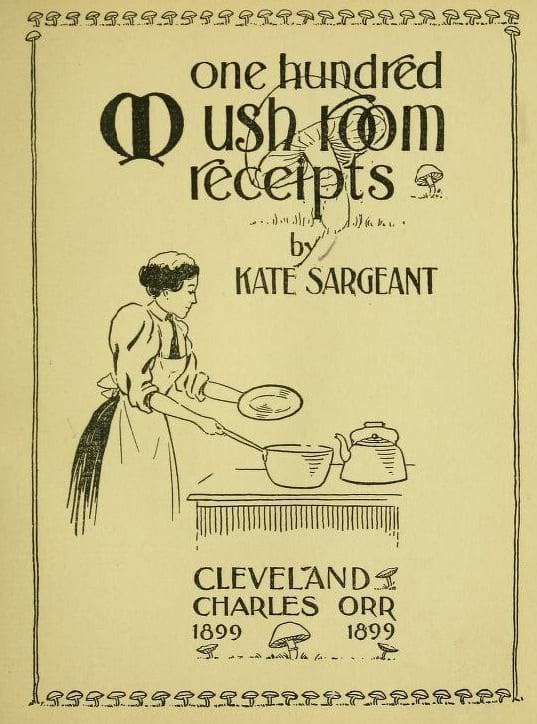The Victorian Attitude Toward Mushrooms
For a nineteenth-century lady naturalist amateur mycologist like my early-women-in-science cosplay muse Mary Elizabeth Banning (1822-1903), it was hard to be taken seriously.
According to Eugenia Bone, in her marvelous Mycophilia: Revelations from the Weird World of Mushrooms: “Not all cultures appreciate fungi. The English have traditionally characterized mushrooms as being unhealthy, bad tasting, and spiritually degrading.”
People thought Mary Banning was mad. How Victorian is that? Madness: the only possible explanation for a woman's interest in the science of fungi. Madwoman on the moors, etc. is a cliche of Victorian fiction, but for Banning it was non-fiction, a passion, science, and in the 19th-century parks of Baltimore.
 |
| Portrait of Banning, wreathed by mushrooms, by Joanna Barnum. |
Had Banning lived long into the 20th century, she would have seen this fearful fairyland attitude toward fungi shift. "America's interest in mushrooms grew" inspired by the French, bless them (my people, at least on my mother's side) and their gastronomy.
American mushroom foraging clubs began popping up. The Boston Mycological Club is "the oldest amateur mycology club in the United States, organized in 1895." And, in 1899, this was published:


Comments
Post a Comment